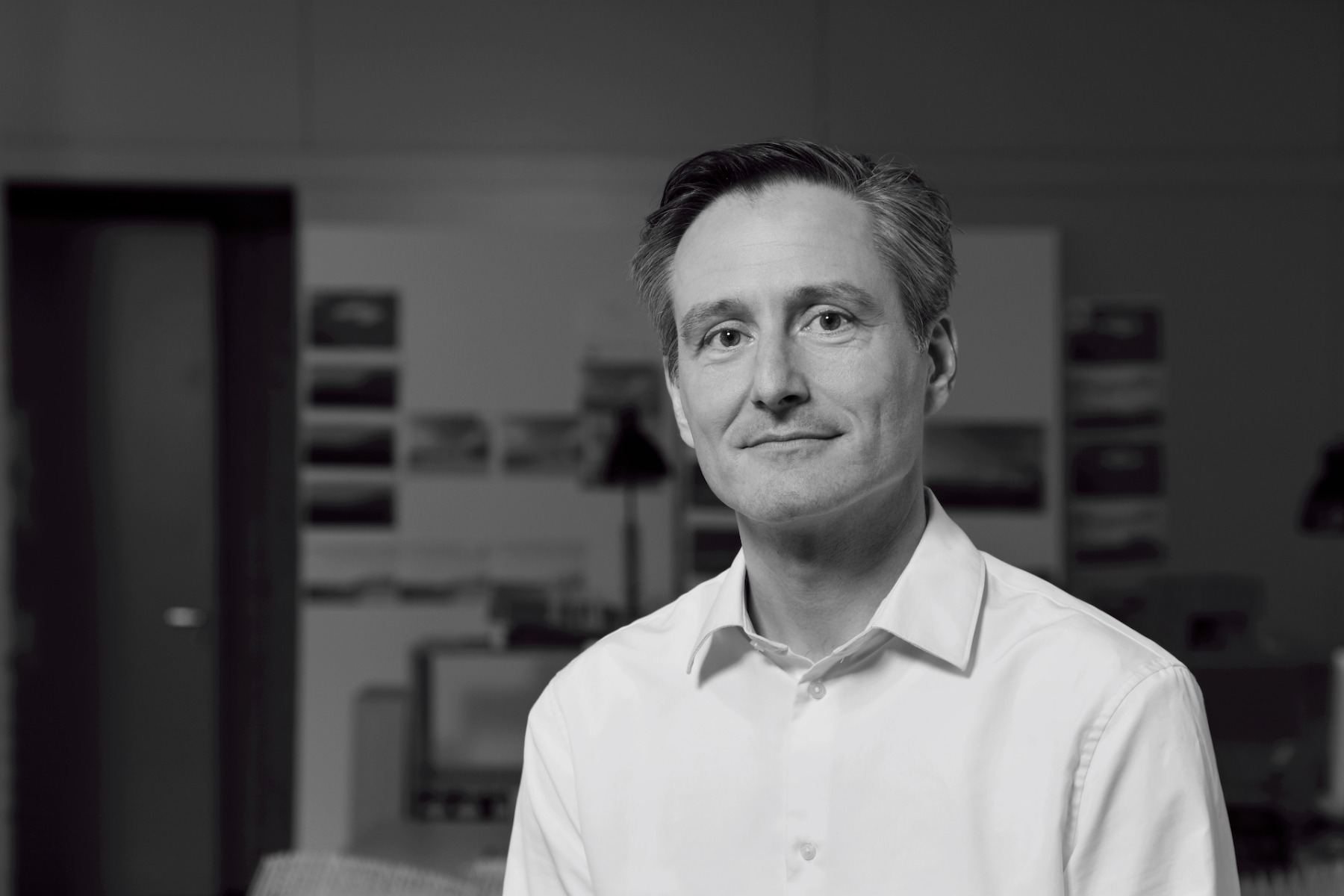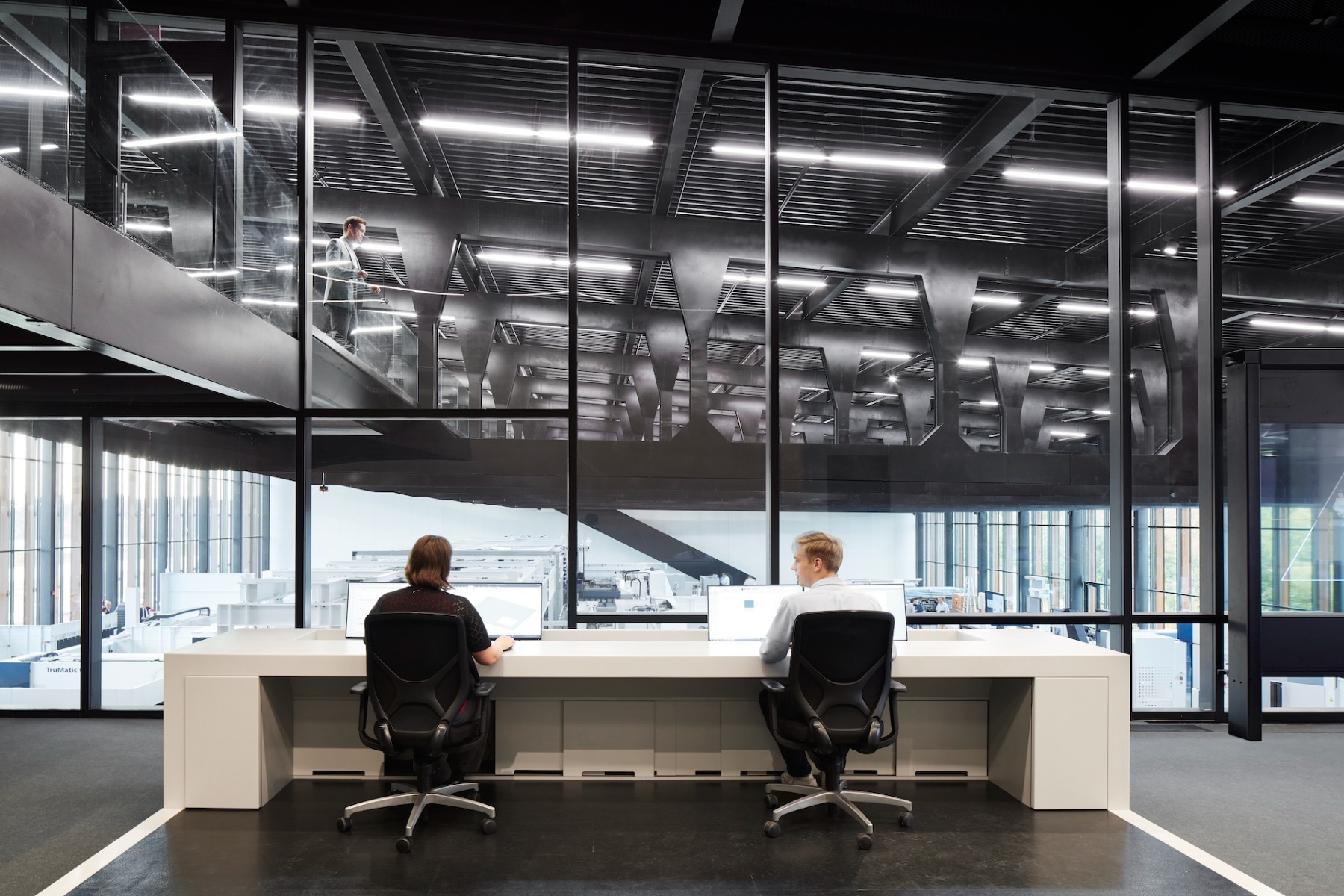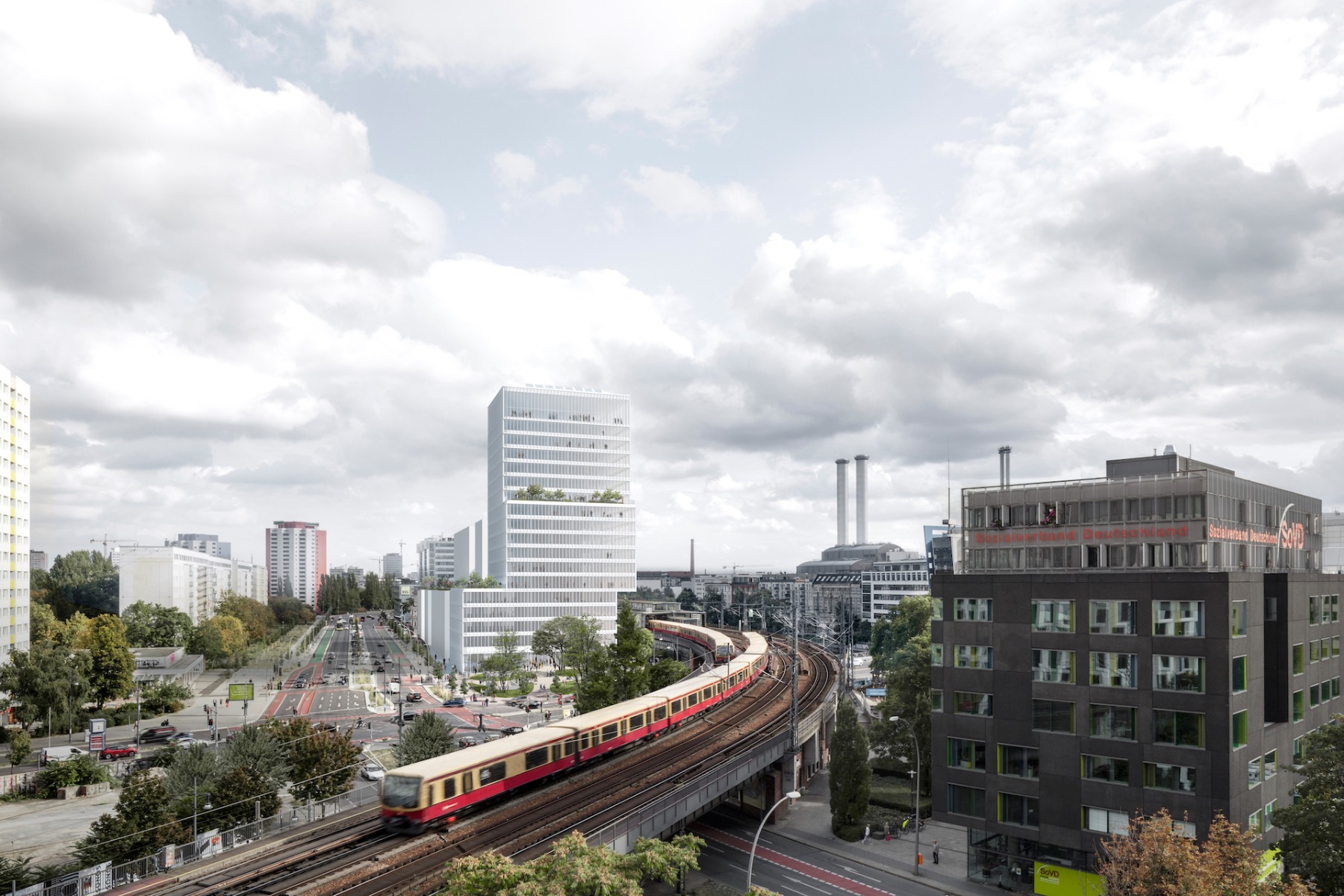BIM strategies in architectural offices
We Need More Standards!

Tobias Wenz © Martin Mai
In order to enhance the potential of BIM, we need not only universal standards for software, but for processes and requirement catalogues as well, says Tobias Wenz of Barkow Leibinger Architekten. The same can be said for competition announcements, which often lead to smaller studios being left out.
Over the past few years, which areas of planning and building have undergone the greatest changes thanks to digitization?
Progress has been far-reaching and, thanks to the new working conditions arising from the COVID-19 pandemic, has immediately found its way into the everyday work of many architects. Mobile working and video conferences have become a permanent feature of office practices and have effected a long-term change in our collaborative activities. Communication is more efficient and focussed than it used to be. Even the new developments in digital planning methods have led to increased efficiency. BIM means that there is a single source of truth for everyone involved in a project. Right from the creation phase of a 3D model, this requires different thinking processes. In the subsequent exchange of information with specialist planners and clients, planning errors are considerably fewer and the work flow is simplified, which leads to more certainty in planning and the acceleration of planning processes. In the building phase, the planning model can be used by building companies and construction managers and then handed over to facility management as an “as-built” model upon completion. The potential is vast.


© Steve Hall/Hall + Merrick
Where are things still not working as you would like them to?
There is still a lack of standardization. We need industry-wide standards for software, processes and requirement catalogues on the part of both contractors and clients alike. Digital planning processes must be anchored in architects’ scope of work. Moreover, some competition announcements include requirements for BIM data; there must be clear guidelines for these stipulations. Smaller studios must not be excluded from competitions because of a lack of infrastructure. This is why the BIM Allianz, of which we are a founding member, is so important. It protects the interests of planning architects and helps develop shared standards.
How has your collaborative work changed due to BIM?
First of all, we’ve had to develop standards for our own studio. However, we used that situation as an opportunity to optimize our studio’s processes as well. Any exchange, be it internal or external, now happens with the assistance of 3D models. This enables direct communication and allocation of instructions as well as simple follow-up procedures for changes to planning and their documentation. Thanks to the single source of truth, the planning data are always up-to-date and transparent for everyone.


© Steve Hall/Hall + Merrick
What mistakes must be avoided at any cost when working with BIM?
Nothing will work unless there is structure and cultivation of information. We must establish benchmarks and define the interplay of LOI (level of information), LOG (level of geometry) and LOD (level of development) in the planning model, with the active participation of everyone involved in the planning process.


© Barkow Leibinger


© Barkow Leibinger/Bloomimages
What are the most important components of a successful BIM strategy?
It is essential for BIM to be part of a project right from the start. We must try to convince all project participants to use BIM consistently. A further, vital precondition is that employees are motivated and willing to undergo constant further training. Every office should develop its own in-house, project-related schedule for this and constantly work on optimizing planning processes, both internally and externally.
Tobias Wenz is a Principal at Barkow Leibinger Architekten in Berlin. The studio is a founding member of the BIM Allianz.
XXX: X
YYY: Y
ZZZ: Z
AAA: A









